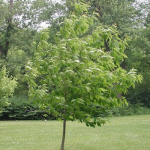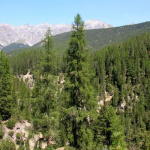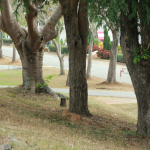Like many creatives, life experiences influence my work, in this case, my writing. This year, the dominant emotion was stress (and adventure), which leached into my articles and drove some of the focus.
trees
A serious infectious disease nearly wiped out the beloved chestnut tree. Using genetic modification, scientists have found a way to bring it back. Of course, this is controversial because many environmentalists, such as the Union of Concerned Scientists, are only in favor of restoring the environment as long as scientists aren't involved.
There's more tree cover on Earth now than there was 35 years ago. Why? Because of technology and wealth. If we want to save the planet we should encourage more of both.
A weekly look at what the Internet has to offer us. This week, it's our friend mitochondria and anti-oxidants; how science "news" jumps from harm to harm; Siddhartha Mukherjee on CAR-T therapies; and a very interesting fact out of the European Union that we bet you didn't hear about.
In assessing the health of humans, plants or animals, when advanced age or decay occurs we can observe the physical changes as they happen. This, however, cannot be said when studying trees, because they rot from the inside out. But a new study employing sound waves is adding to our knowledge of how to evaluate tree health.




